Portugal is one of the oldest countries in the world and there is no shortage of reasons to explore it. There are many monuments and places of historical interest that can be found in all regions, and the current growth of tourism is proof of this. All About Portugal has prepared a script full of relevant points. Accept our suggestions and, believe us, you will not be disappointed at the end of this enriching journey through history.
Castle of Guimarães

It is an unavoidable point in this itinerary, since it is considered the cradle of the nation and the place where D. Afonso Henriques, the first king of Portugal, was born. Its construction began in the 10th century, first as a monastery, and later it was enlarged and adapted to the fortress and the Castle we see today. It is a National Monument, and anyone who visits the crowning jewel of Guimarães will not fail to notice, also, the reasons that led to UNESCO classifying its exciting Historic Centre as a World Heritage Site.
Roman Bridge of Chaves
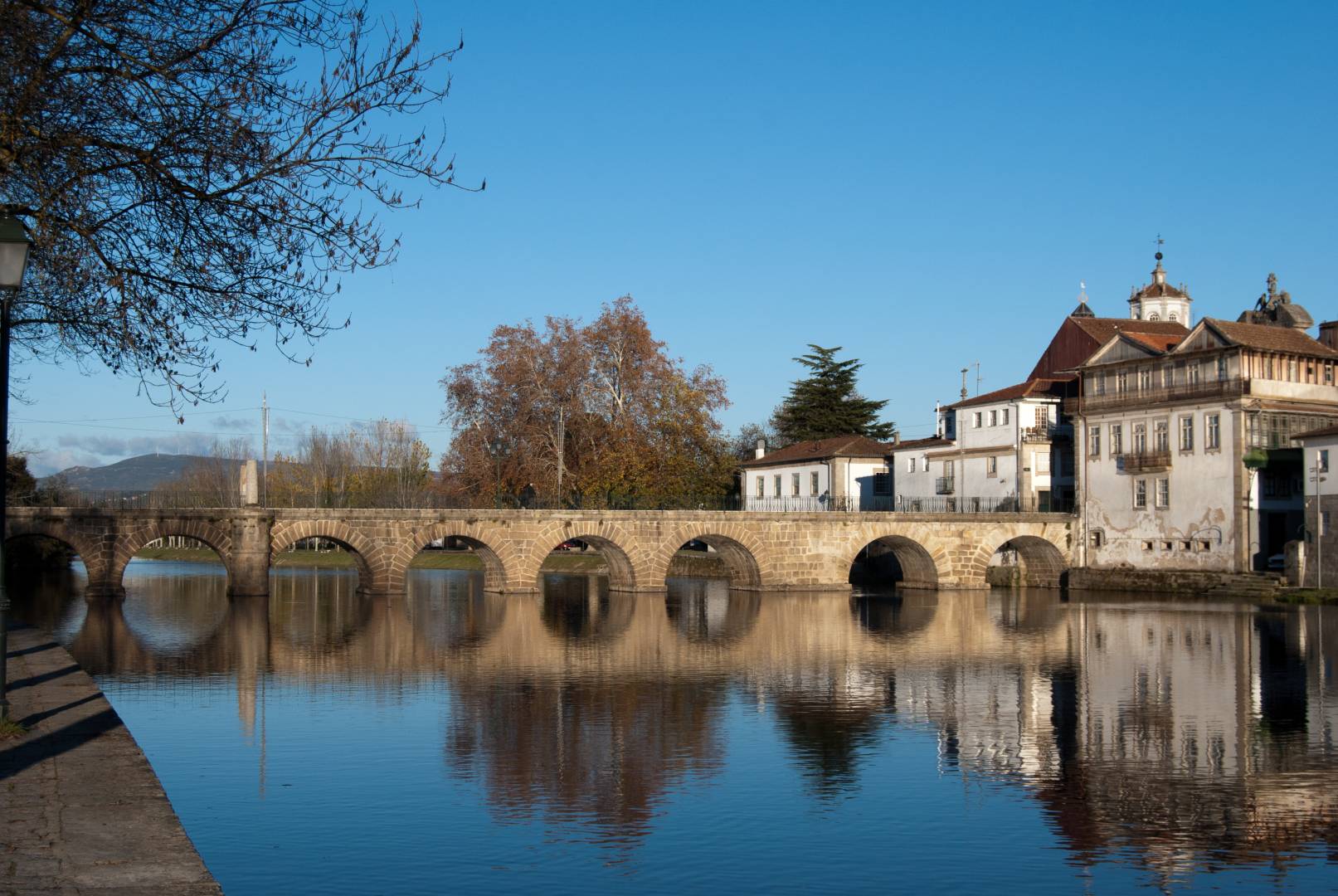
Icon of the Roman passage through Portugal, the bridge over the river Tâmega, completed under the command of Emperor Trajan, is one of the best preserved Roman monuments in the country, despite its almost two thousand years. Remarkable engineering work, this bridge is about 150 meters long and is set in granite round arches. In the middle of the bridge stand out two columns with inscriptions that invoke names of ancient emperors and the 10 towns that helped with its construction.
Clerigos Tower
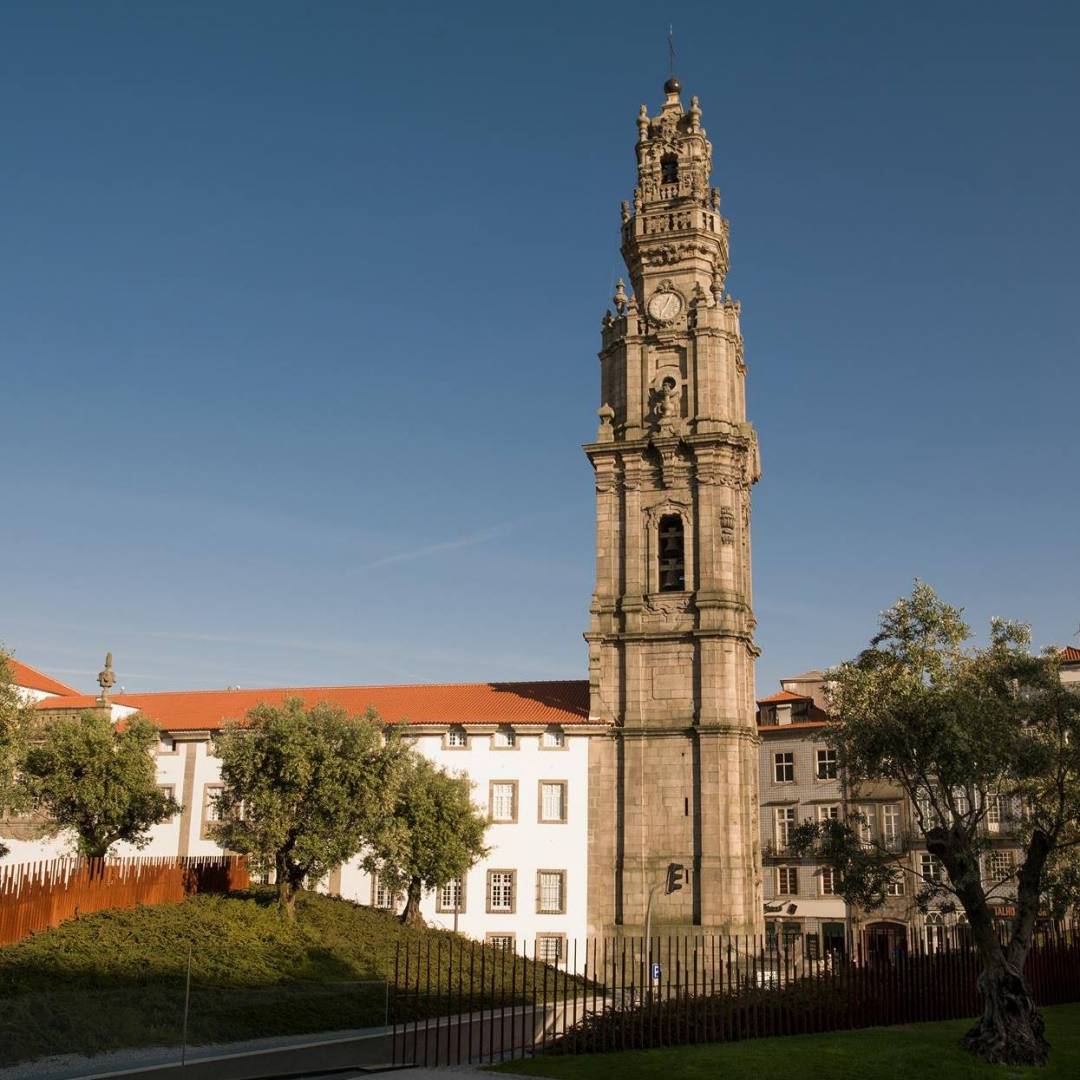
Built at the beginning of the 18th century, the imposing Tower in the centre of Porto is 75 meters high, which makes it a beautiful terrace over the city. The climb is along a 240-step spiral staircase, but you'll see your effort well rewarded when you reach the top and can delight in the magnificent view. The Clérigos architectural complex, which still integrates the Church, is of Baroque inspiration and has been classified as a National Monument since 1910.
Coimbra University

It is the oldest in the country and one of the oldest in Europe, having been founded in 1290. Curiously, it began operating in Lisbon and alternated between the two cities for a period, since 1308, until it was definitively transferred to Coimbra in 1537. Its historical legacy is unavoidable and the growth of the city is intrinsically related to the institution's installation. Its unique tangible and intangible heritage has led UNESCO to grant it the World Heritage status.
Buçaco Palace
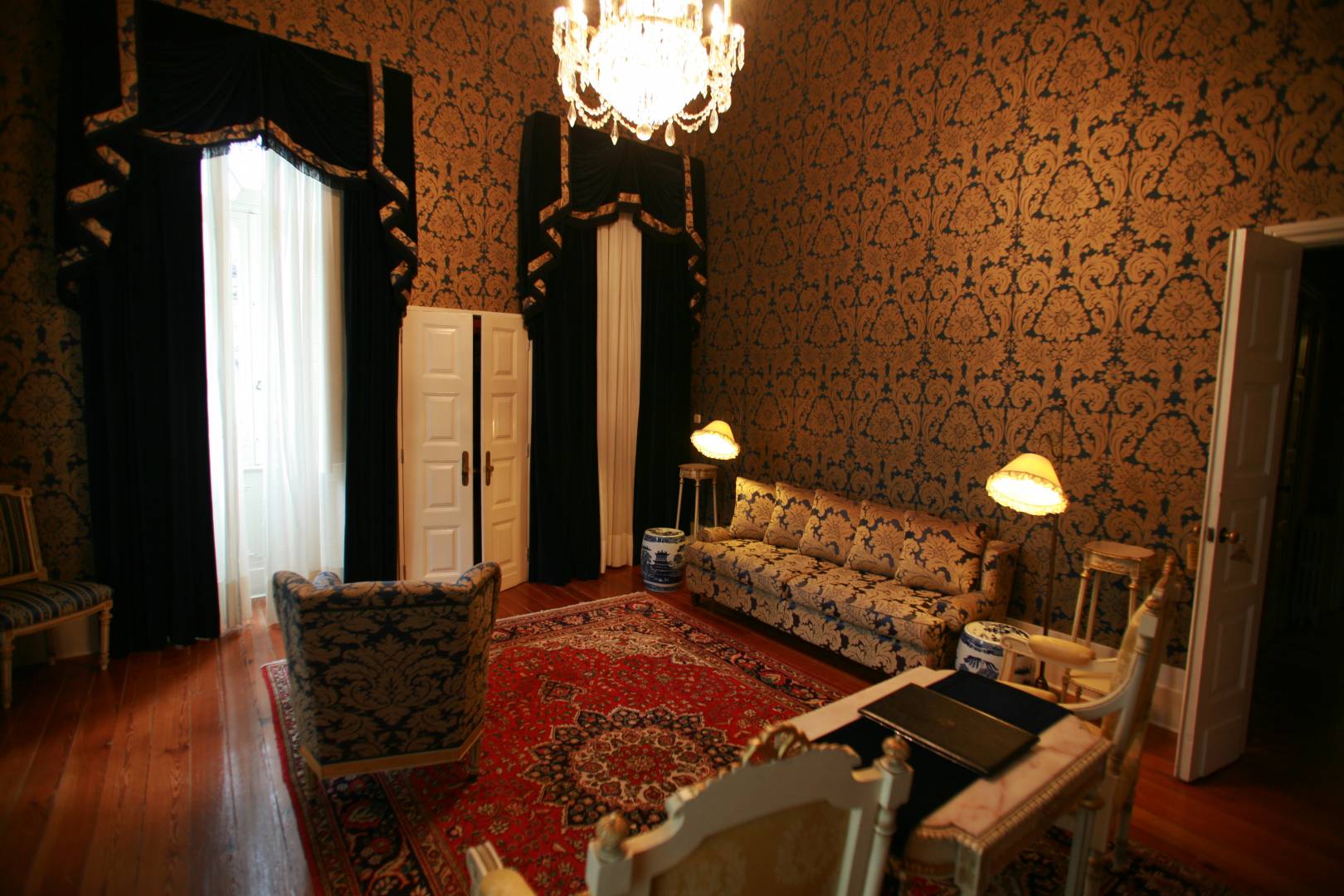
The setting is idyllic. Inserted in the magnificent Mata do Buçaco, the Palace, which currently functions as a hotel unit, is a dazzling work of Manueline inspiration that takes us back to a fantasy world. The magnificent view of the building from the garden is one of the reasons why the Palace Hotel of Bussaco is considered one of the most beautiful historic hotels in the world, worthy of royalty. The Palace Hotel represents an unparalleled architectural, landscape and botanical collection.
Historic Village of Monsanto

Entering this Historical Village is like making a trip to the past. It is in the municipality of Idanha-a-Nova, near the border with Spain, that we find the one that, at the time of the dictatorship of Salazar, won the title of most Portuguese of Portuguese villages and, thereafter, the name stuck. Stroll through its alleyways of granite houses and realize why some visitors fall in love at first sight. Enjoy the beautiful panoramic view that its highest point offers.
Castle of Almourol
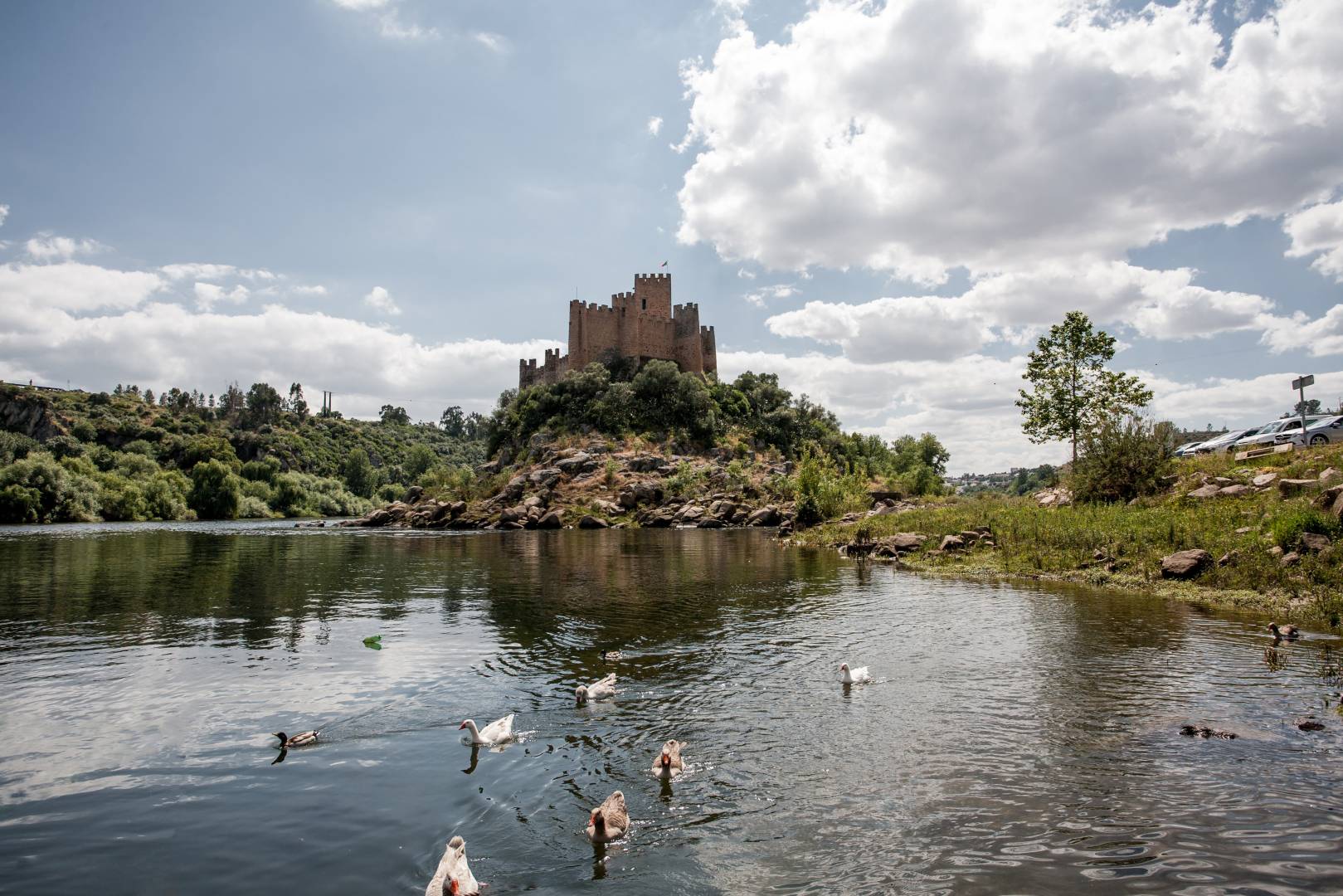
Ever dreamed of a castle built on an island? It exists and is located in Vila Nova da Barquinha, in the district of Santarém. There are those who consider it the most beautiful Castle of Portugal and it is not hard to see why, given the "detail" of having been built on a small island in the Tagus River. It is one of the most representative medieval military monuments of the Reconquest and that best evokes the memory of the Templars. During the twentieth century, the whole worked as Official Residence of the Portuguese Republic.
Monastery of Alcobaça

Here is another UNESCO World Heritage Site to brighten up this roadmap. The Monastery of Alcobaça is one of the most representative and well-preserved examples of Cistercian architecture, a religious order in Portugal. The church is the largest in Primitive Gothic style made in the country. Of note are the kitchen, covered with tiles, the chimney or the tank "fed" with running water. The temple houses the tombs of the king D. Pedro and D. Inês, who lived a tragic love story.
Belém Tower, Lisbon
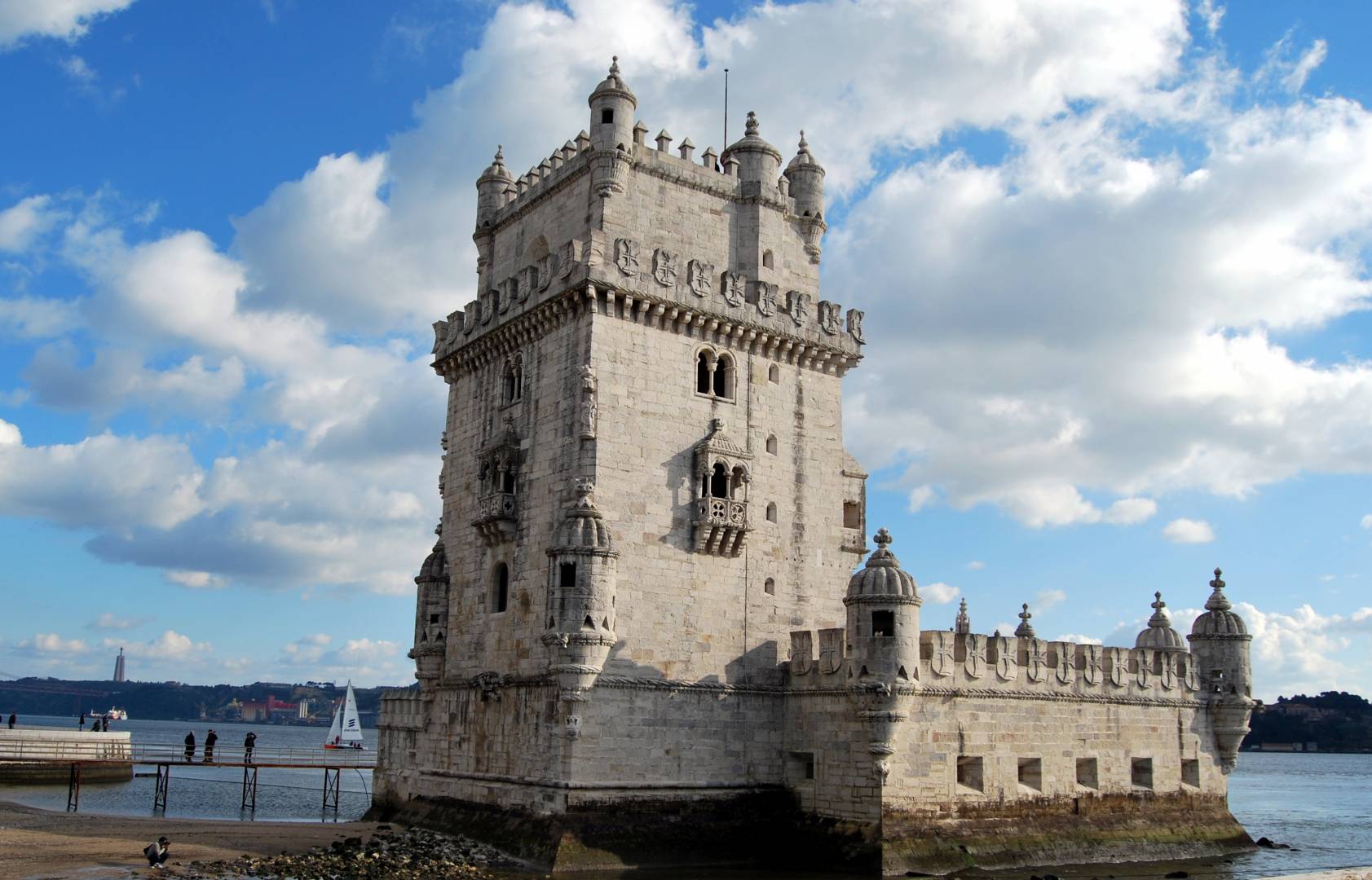
Going to Lisbon and not seeing it is the same as going to Rome and not seeing the Pope. World Heritage site together with the neighbouring Mosteiro dos Jerónimos, the Belém Tower is one of the most fascinating monuments in the Portuguese capital, as well as being a symbol of the country itself and of the time of the Discoveries. It was initially conceived as a maritime defence of the city of Lisbon, and in it can be seen symbols like the Cross of the Order of Christ, the armillary sphere or the royal coat-of-arms.
Pena Palace, Sintra
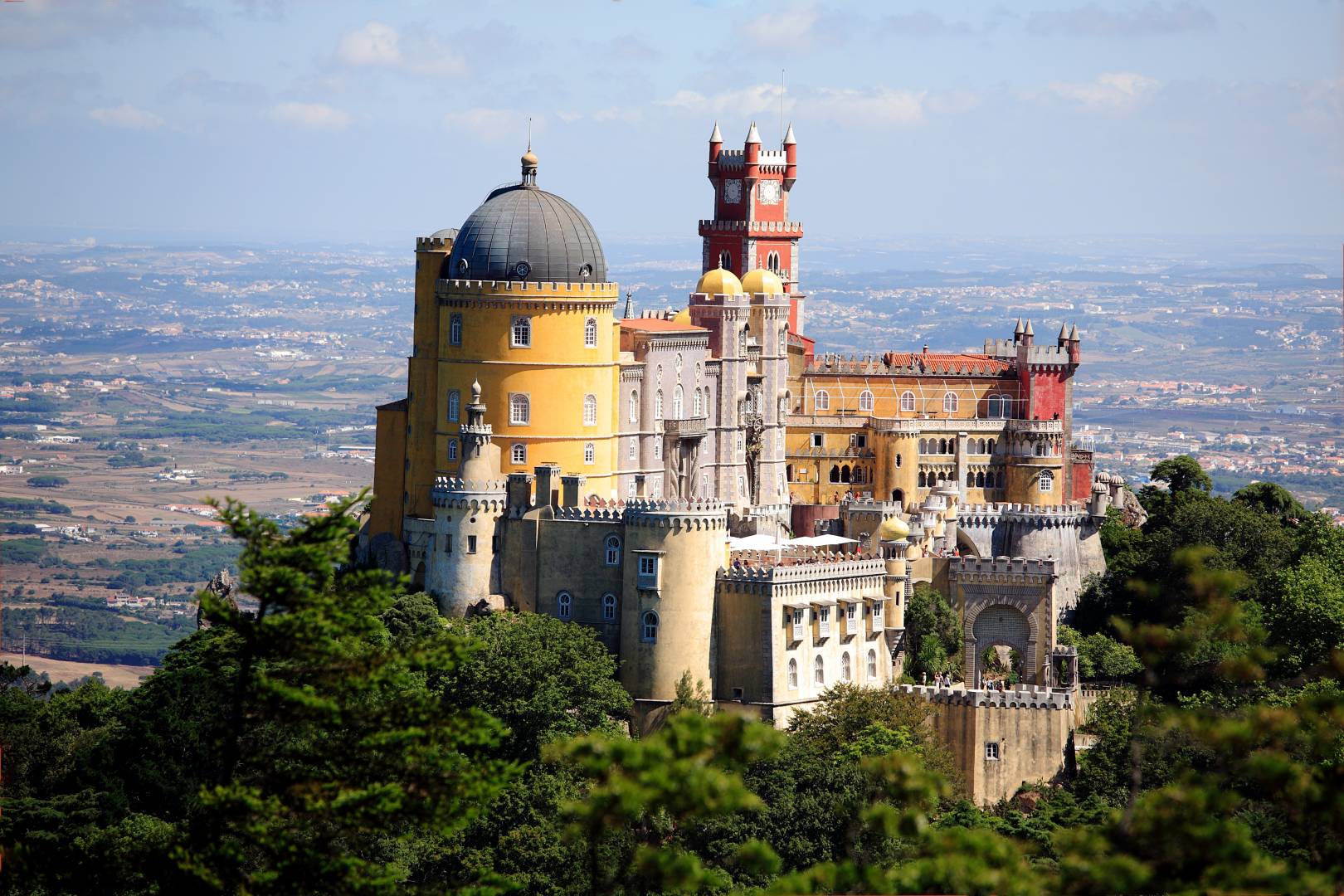
Another stunning setting worthy of welcoming royalty. It is considered one of the finest examples of 19th century architectural Romanticism in the world, and will have been the first Romantic Palace in Europe. It sits on a steep rock and stands out in the Cultural Landscape of Sintra, classified by UNESCO as World Heritage. Before or after climbing up to Pena, and becoming enchanted by the beauty of the forest, do not forget to visit the Historical Centre of the village.
Roman Temple of Évora
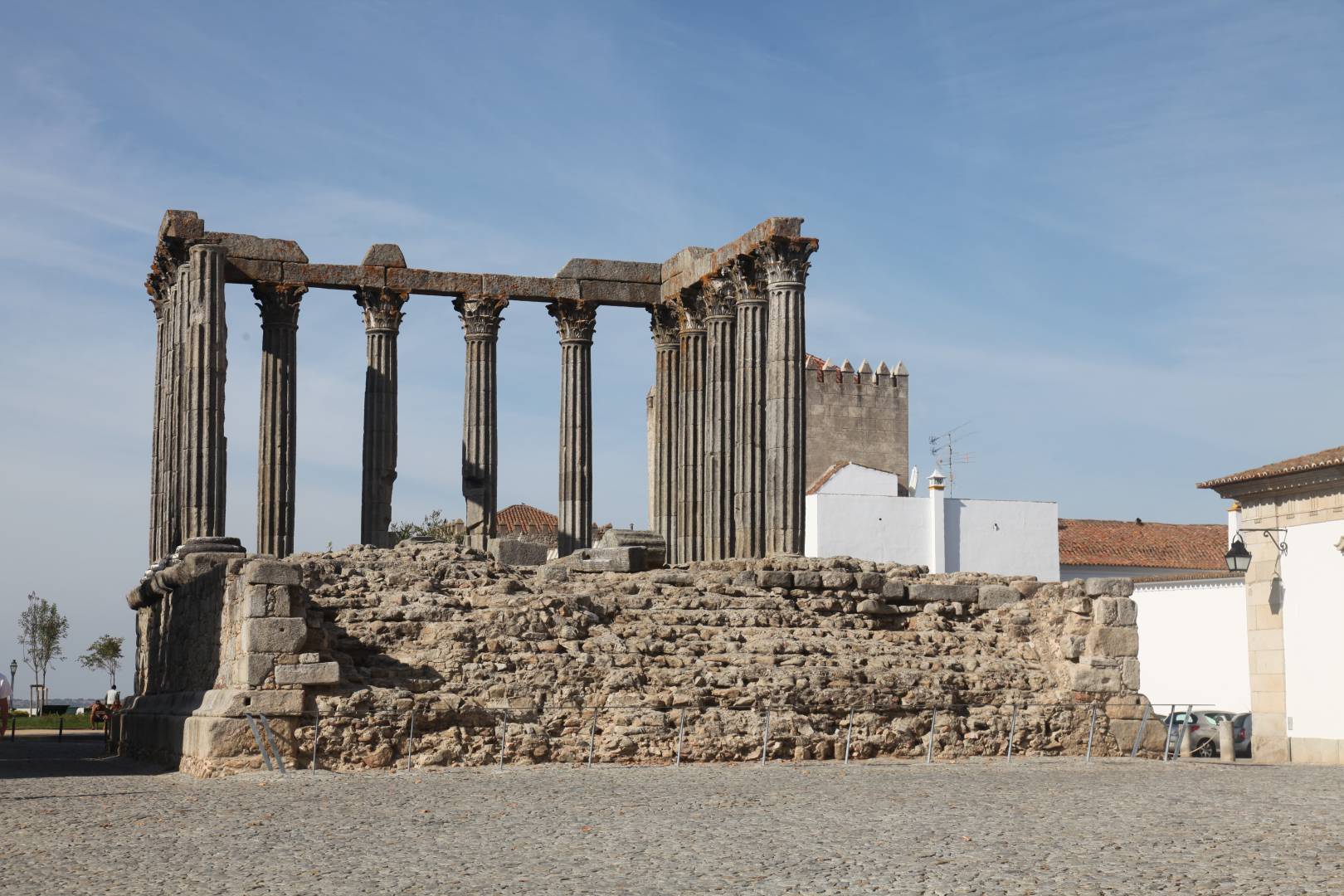
Further down the map, in Alentejo, you can not miss Évora and its Roman Temple, one of the largest and best preserved in the Iberian Peninsula. The jewel of the Alentejo city, also known as Temple of Diana, is World Heritage since 1986. In fact, recent studies point out that the monument was built as a tribute to Emperor Augustus and not to the goddess of hunting. If you like strong emotions, we advise you to visit the Capela dos Ossos (Chapel of Bones).
Nossa Senhora da Graça Fort, Elvas
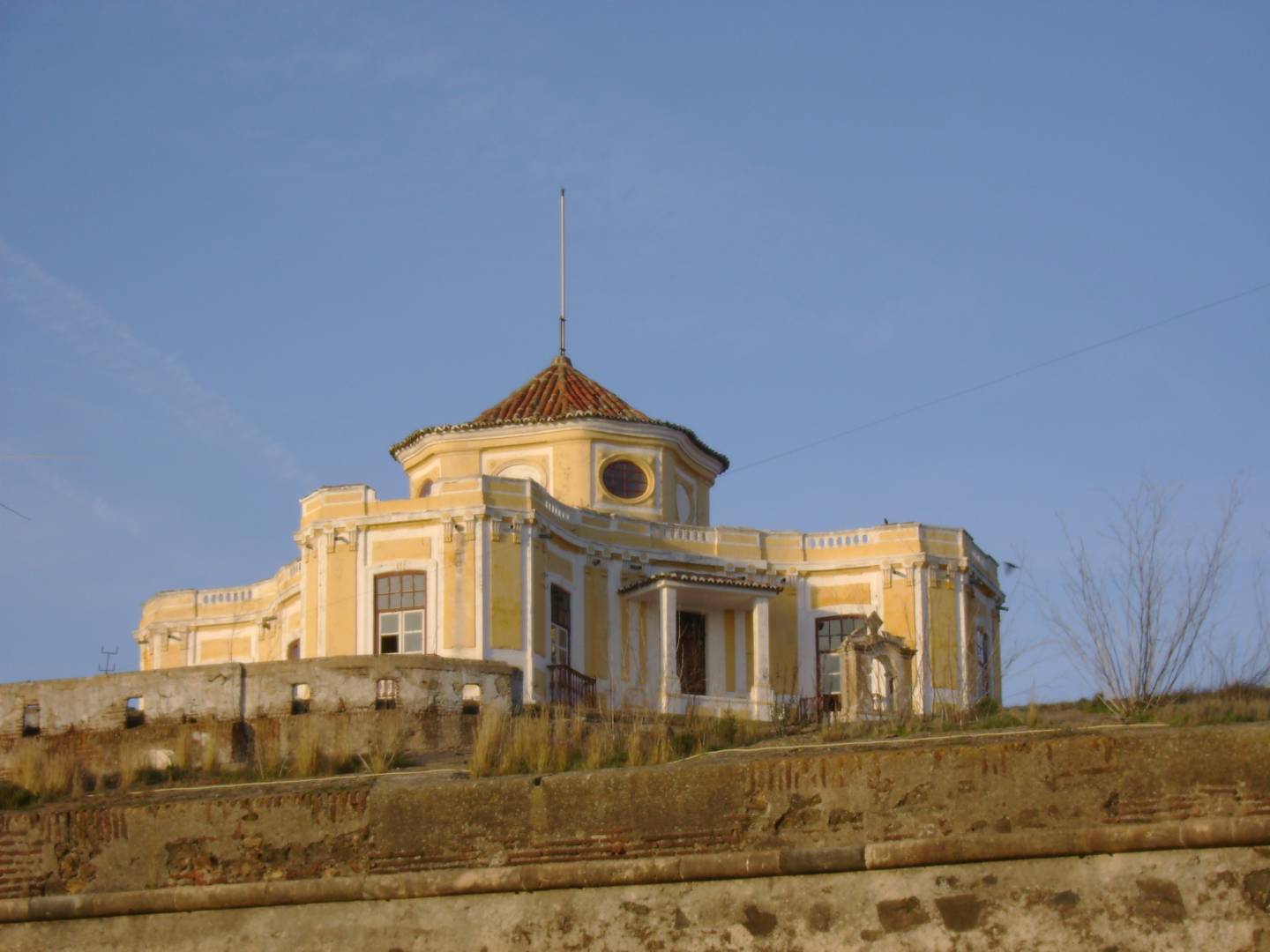
Another imposing monument that leaves no one indifferent. Located on Monte da Graça, one of the highest points in the region, the Fort was the answer found in 1763 by King D. José I to face the onslaught of the Spaniards. It is considered one of the best exemplars of eighteenth century military architecture and one of the most powerful bastion fortresses in Europe. It is the most emblematic point of the World Heritage constituted by the Garrison Border Town of Elvas and its Fortifications.
Recommended
